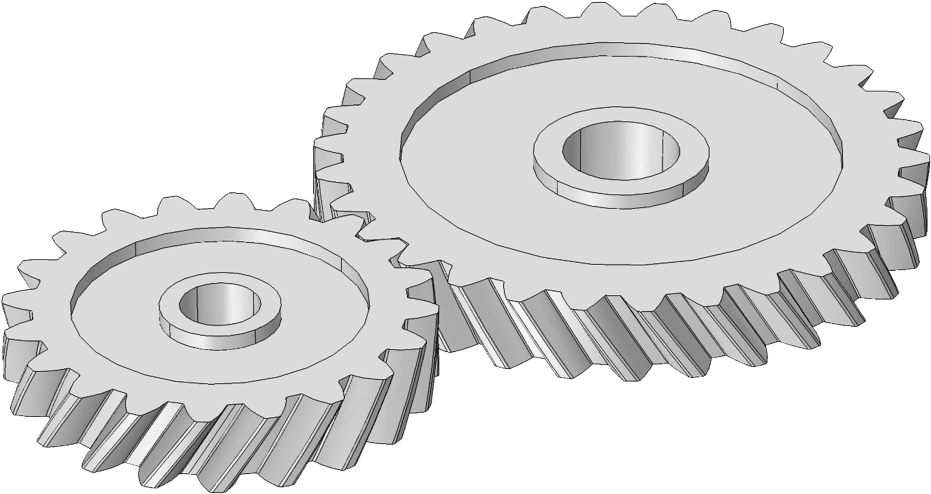Double Helical Gear – Advantages and Disadvantages?
Advantages of Double Helical Gears:
- Double helical gears are similar to a worm gear but the teeth are on two opposite sides of the gear, which provides a reduction ratio of 1:2.
- Double helical gears have very high load capacity and are suitable for heavy-duty applications.
- They have a large number of teeth which helps in the reduction of heat build-up, hence they can last longer.
- They provide an increased reduction ratio in comparison to standard worms gears.
- Helical gears can be used with both parallel and non-parallel shafts.
- The tooth profile is more efficient than that of a worm gear.
- Double helical gears have fewer parts in comparison to worms gears.
- They produce low noise.
- Double helical gears are better at cutting curves compared to spur gears.
- Double helical gears are manufactured by using two spiral-shaped surfaces on a single gear, which makes them stronger than the normal ones.
- Double helical gears are very smooth at gear operations.
- Double helical gears are simple and easy to use, making them an economical choice for most applications.
- They are more efficient because of the way they transfer power between the input and output shafts, providing a significant amount of power to the output shaft with less mechanical energy required at the input.
- They have a high-efficiency factor that is determined by their ratio, which is often significantly higher than other types of gear teeth (such as spur or bevel).
Double Helical Gear
Disadvantages Double helical gears:
- Double helical gears have higher manufacturing costs due to their complex design.
- Double helical gears do not allow as much rotation before coming into contact with another tooth as spur gears do, so they require a wider pitch and smaller diameter gear than spur gears to produce the same amount of torque.
- It can be difficult to find a good source for the gears.
- The teeth on the gears are thinner than those on single helical gears, which makes them more susceptible to wear.
- There is a high possibility of gear breakage if the teeth are not lined up properly during installation.
- It is quite expensive and complex to manufacture.
- It has a high level of friction compared to other types of gear.
- There are certain limitations on the design for Double Helical Gears, so they cannot be used in very small applications.


